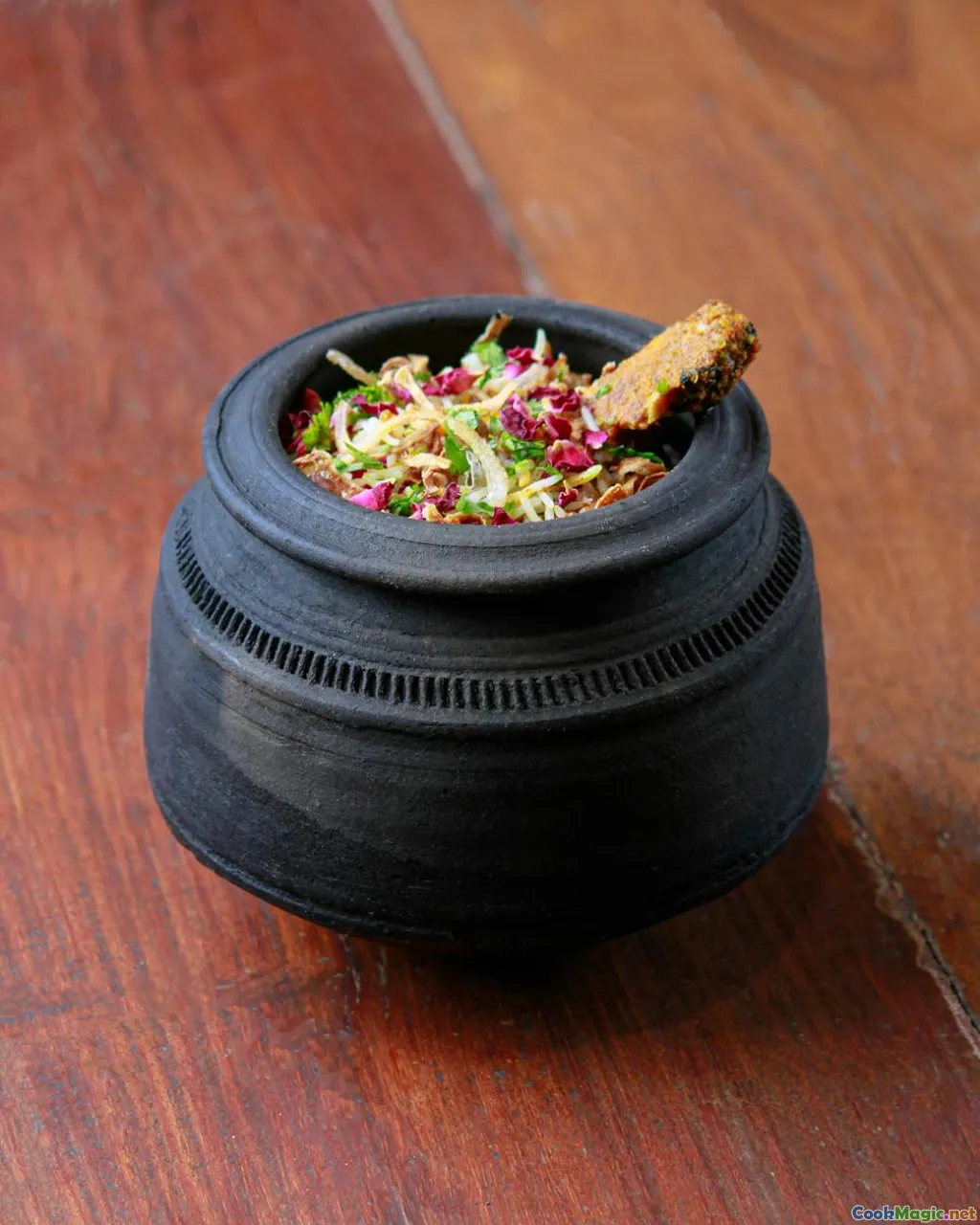The Role of Mutton in Traditional Kyrgyz Cooking
8 min read Explore the deep-rooted significance of mutton in Kyrgyz culinary traditions, from hearty stews to festive rituals that define a nomadic lifestyle. April 30, 2025 07:00
The Role of Mutton in Traditional Kyrgyz Cooking
Imagine a vast, windswept steppe under a wide, endless sky. Here, where the sun blazes during the day and the stars shine fiercely at night, a centuries-old culinary tradition persists—centered around one humble yet mighty ingredient: mutton. For the Kyrgyz people, mutton is more than just meat; it is a symbol of hospitality, resilience, and cultural identity. Its flavors, textures, and preparation methods tell stories of a nomadic way of life that has endured through centuries.
The Cultural Significance of Mutton in Kyrgyz Society
In Kyrgyzstan, mutton holds a revered place in both daily sustenance and ceremonial occasions. Historically, the Kyrgyz were nomadic herders, relying on their flocks of sheep and goats to survive the harsh mountain environment. Mutton, therefore, became the backbone of their diet, providing essential protein and energy.
Beyond the practical, mutton embodies social bonds and hospitality. When a guest arrives, offering a generous piece of mutton or a hearty dish is a gesture of respect and friendship. During major festivals like NauruzorOtbash (traditional gatherings), whole sheep are slaughtered in communal celebrations, turning the act of preparing mutton into a festive ritual that unites communities.
Historical Roots and Evolution
The use of mutton in Kyrgyz cuisine dates back centuries, intertwined with the migratory patterns of the Kyrgyz tribes. The rugged terrain and limited agricultural land meant that livestock was central to survival. Over generations, methods of preparing mutton evolved, embracing techniques suited to a nomadic lifestyle—simple, efficient, and flavorful.
In the early days, mutton was often cooked over open fires, seasoned minimally to preserve natural flavors. As Kyrgyz society modernized, so did their culinary practices, incorporating spices, herbs, and new cooking appliances, but the core remains rooted in tradition.
Classic Kyrgyz Mutton Dishes
1. Beshbarmak: The National Dish
Arguably the most iconic Kyrgyz dish, beshbarmak—meaning "five fingers"—is a hearty, rustic meal centered around boiled mutton. Large chunks of tender meat are served atop layers of homemade noodles, accompanied by onions and a flavorful broth. The dish is traditionally eaten with the hands, symbolizing communal sharing.
The preparation involves boiling the mutton until it is fall-apart tender, often over several hours, infusing the broth with rich flavor and aroma. The meat's tenderness, combined with the delicate noodles and the sharpness of fresh onions, creates a sensory harmony that captures the essence of Kyrgyz hospitality.
2.Kuurdak: Pan-Fried MuttonKuurdak is a beloved dish that exemplifies resourcefulness. Leftover mutton, often with bones and fat, is diced and pan-fried with onions, potatoes, and sometimes carrots. The sizzling sound of frying, combined with the smoky aroma, beckons a sense of home and tradition.
3. Shashlik: Mutton Kebabs
Marinated chunks of mutton skewered and grilled over open flames, shashlik is a staple during summer gatherings. The marinade, often a mixture of garlic, herbs, and vinegar, tenderizes the meat and imparts a tangy aroma that mingles with the smoky scent of the grill.
4. KazyandChuchuk: Mutton Sausages
Traditional Kyrgyz butchery includes making kazy—horse or mutton sausage—and chuchuk, a cured sausage. These are often served during special occasions and are prized for their intense flavor and chewy texture.
Cooking Techniques and Flavors
The Kyrgyz approach to cooking mutton emphasizes slow, gentle cooking methods that enhance tenderness and flavor. Boiling, stewing, and roasting are common, often over an open fire or in traditional clay pots called arhans. These methods help break down connective tissues, resulting in meat that practically melts in your mouth.
The flavor profile is robust yet subtle, often seasoned with minimal spices. Instead, the focus is on highlighting the natural richness of the mutton, complemented by fresh herbs like dill, cilantro, and parsley, as well as onions and garlic.
Personal Reflections and Anecdotes
Growing up visiting Kyrgyz villages, I remember the unmistakable scent of simmering mutton filling the air during festivals. The communal aspect of preparing and sharing these dishes fostered a profound sense of belonging. I recall sitting around a campfire with Kyrgyz friends, tearing into warm beshbarmak, feeling the warmth of tradition in every bite.
One particular memory stands out: a family feast where a freshly slaughtered sheep was the centerpiece. The elder women explained that the meat must be cooked slowly, with patience, to unlock its full flavor—a lesson in respect for tradition and the ingredients.
Modern Influences and Continuity
While globalization introduces new flavors and techniques, Kyrgyz chefs and home cooks remain deeply rooted in their traditions. Contemporary adaptations might include using modern kitchen appliances or integrating international spices, but the essence of mutton remains unchanged.
In urban centers like Bishkek, you can find restaurants serving authentic Kyrgyz dishes alongside fusion cuisines, ensuring that the cultural significance of mutton continues to thrive.
Conclusion: Mutton as a Cultural Cornerstone
In Kyrgyzstan, mutton is far more than nourishment; it is a vessel of history, community, and identity. Its flavors evoke memories of vast steppes, nomadic hospitality, and resilience through centuries of change. To taste Kyrgyz mutton is to taste the soul of a people who have thrived in harmony with their land, carrying forward their traditions with pride.
As you explore Kyrgyz cuisine, remember that every forkful of mutton carries stories of survival, celebration, and kinship—testaments to a rich cultural tapestry woven through generations of nomadic life.









